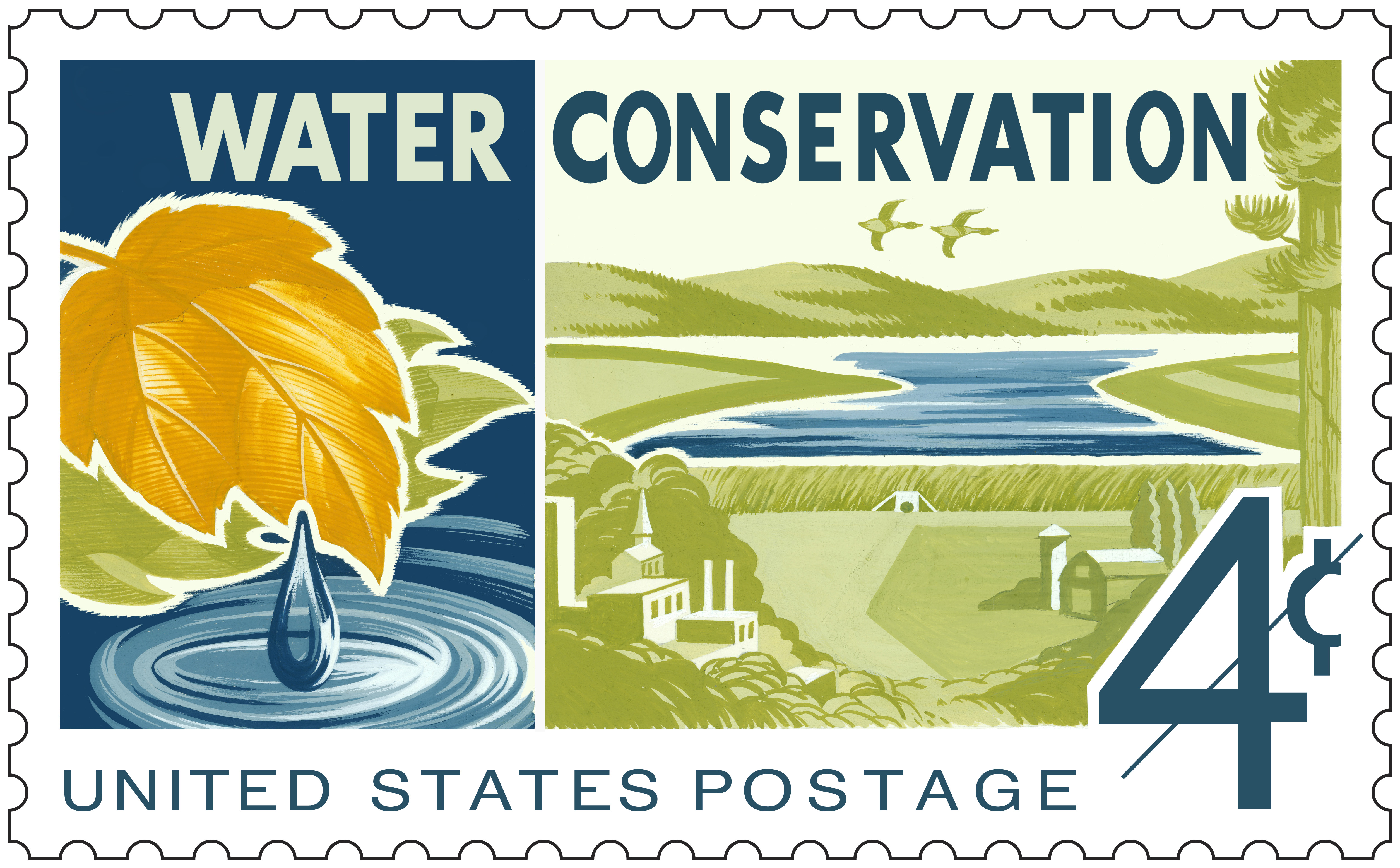Neonicotinoid insecticides are widespread in surface waters across the agriculturally intensive Midwestern United States. We report for the first time the presence of three neonicotinoids in finished drinking water and demonstrate their general persistence during conventional water treatment. Periodic tap water grab samples were collected at the University of Iowa over 7 weeks in 2016 (May−July) after maize/soy planting. Clothianidin, imidacloprid, and thiamethoxam were ubiquitously detected in finished water samples at concentrations ranging from 0.24 to 57.3 ng/L. Samples collected along the University of Iowa treatment train indicate no apparent removal of clothianidin or imidacloprid, with modest thiamethoxam removal (∼50%). In contrast, the concentrations of all neonicotinoids were substantially lower in the Iowa City treatment facility finished water using granular activated carbon (GAC) filtration. Batch experiments investigated potential losses. Thiamethoxam losses are due to base-catalyzed hydrolysis under high-pH conditions during lime softening. GAC rapidly and nearly completely removed all three neonicotinoids. Clothianidin is susceptible to reaction with free chlorine and may undergo at least partial transformation during chlorination. Our work provides new insights into the persistence of neonicotinoids and their potential for transformation during water treatment and distribution, while also identifying GAC as a potentially effective management tool for decreasing neonicotinoid concentrations in finished drinking water.
Source:
Kathryn L. Klarich et al. Environ. Sci. Technol. Lett. 2017. DOI: 10.1021/acs.estlett.7b00081

- Login om te reageren
